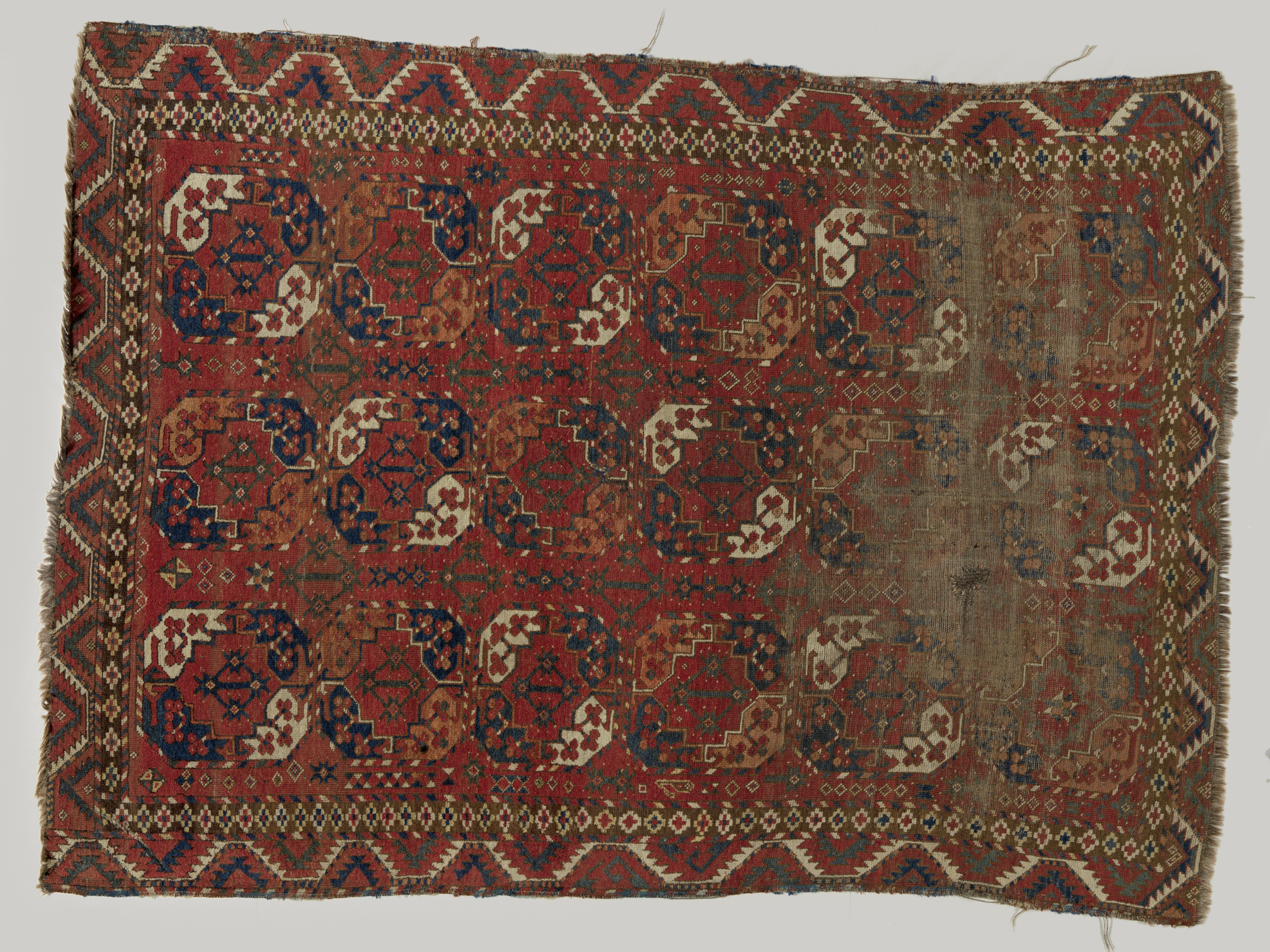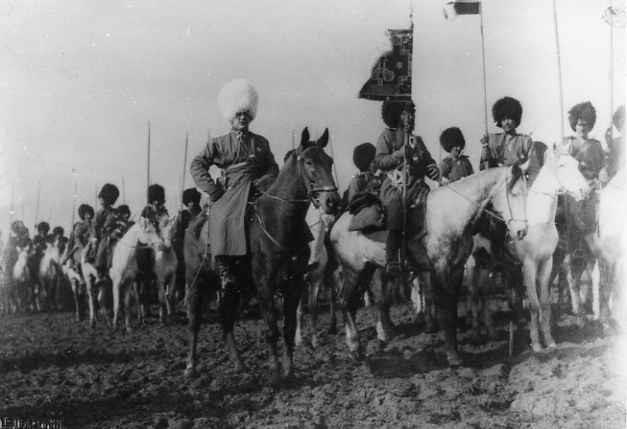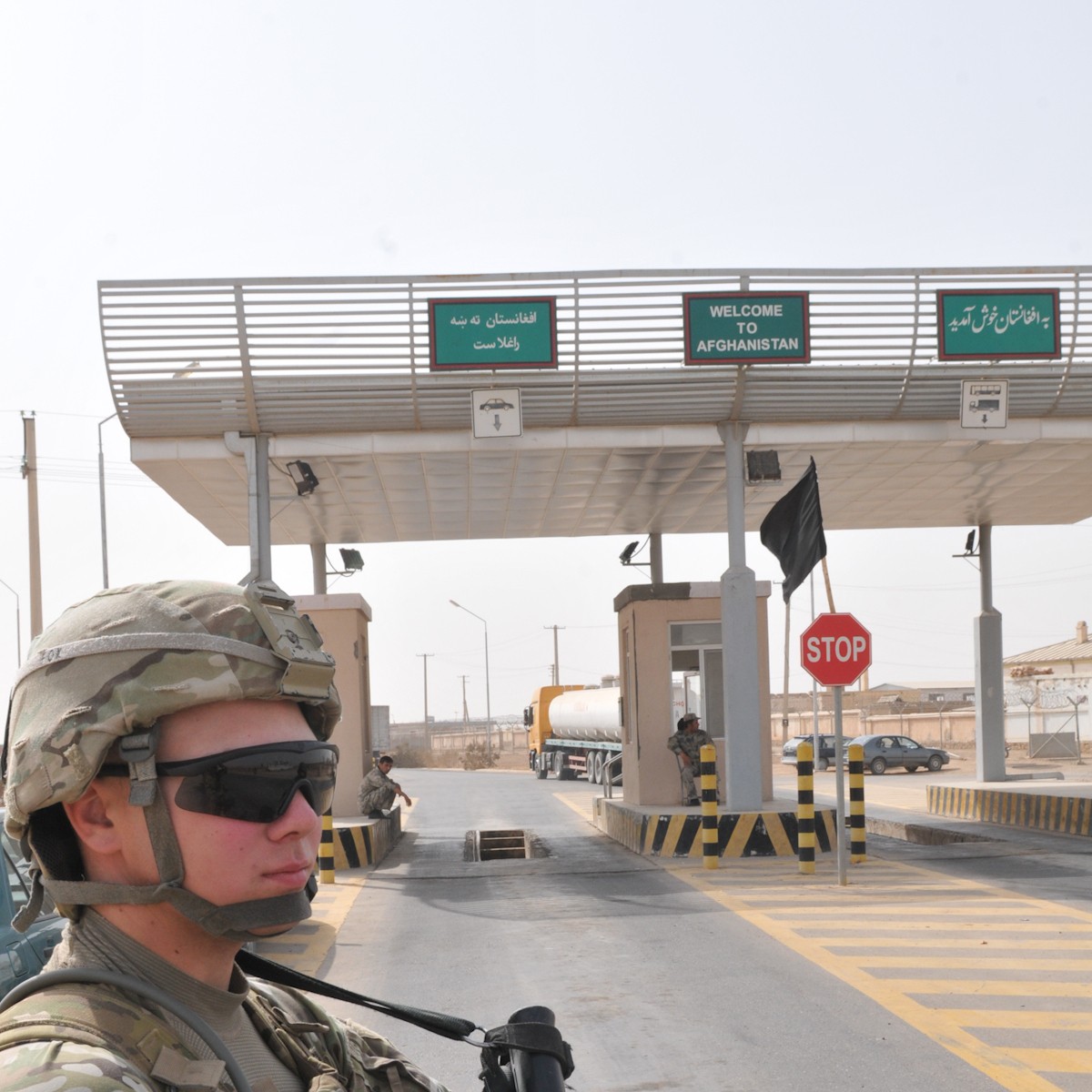|
Turkmens In Afghanistan
Afghan Turkmens or Turkmens of Afghanistan ( fa, ترکمن های افغان, tk, Owgan türkmenleri, ) live in the north-west of Afghanistan along the border with Uzbekistan and Turkmenistan, surrounded by a larger group of Afghan Uzbeks. The number of Turkmens in Afghanistan is estimated at 1 million people or roughly 2-3% of the population of Afghanistan. History Turkmens were one of the divided peoples in Central Asia nearing the end of the 19th century as a result of British, Iranian and Afghan counteraction, as well as the halt of the Russian expansion into Turkestan and Transoxiana. The original Turkmen groups arrived from the east of the Caspian Sea into northwestern Afghanistan at various periods, particularly after the end of the 19th century when the Russians moved into their territory. They established settlements from Balkh Province to Herat Province, where they are now concentrated; smaller groups settled in Kunduz Province. Others came in considerable numbers ... [...More Info...] [...Related Items...] OR: [Wikipedia] [Google] [Baidu] |
Afghan Turkestan
Afghan Turkestan, also known as Southern Turkestan,; tk, گوناورتا ترکستان, Günorta Türkistan, italics=no; uz, جنوبی ترکستان, Janubiy Turkiston is a region in northern Afghanistan, on the border with the former Soviet republics of Turkmenistan, Uzbekistan and Tajikistan. In the 19th century, there was a province in Afghanistan named Turkestan with Mazari Sharif as provincial capital. The province incorporated the territories of the present-day provinces of Balkh, Kunduz, Jowzjan, Sar-e Pol, and Faryab. In 1890, Qataghan-Badakhshan Province was separated from Turkestan Province. It was later abolished by Emir Abdur Rahman. The whole territory of Afghan Turkestan, from the junction of the Kokcha river with the Amu Darya on the north-east to the province of Herat on the south-west, was some in length, with an average width from the Russian frontier to the Hindu Kush of . It thus comprised about or roughly two-ninths of the former Kingdom of Afghani ... [...More Info...] [...Related Items...] OR: [Wikipedia] [Google] [Baidu] |
Emirate Of Afghanistan
The Emirate of Afghanistan also referred to as the Emirate of Kabul (until 1855) ) was an emirate between Central Asia and South Asia that is now today's Afghanistan and some parts of today's Pakistan (before 1893). The emirate emerged from the Durrani Empire, when Dost Mohammad Khan, the founder of the Barakzai dynasty in Kabul, prevailed. The history of the Emirate was dominated by the 'Great Game' between the Russian Empire and the United Kingdom for supremacy in Central Asia. This period was characterized by European influence in Afghanistan. The Emirate of Afghanistan continued the Durrani Empire's war with the Sikh Empire, losing control of the former Afghan stronghold of the Valley of Peshawar at the Battle of Nowshera on 14 March 1823. This was followed in 1839 by the First Anglo-Afghan War with British forces. The war eventually resulted in victory for Afghans, with the British withdrawal and Dost Mohammad being reinstalled to the throne. However, during the S ... [...More Info...] [...Related Items...] OR: [Wikipedia] [Google] [Baidu] |
Salur (tribe)
Salur, Salyr or Salgur ( tr, Salır, tk, Salyr, fa, سالور) were an ancient Oghuz Turkic people and a sub-branch of the ''Üçok'' tribal federation. The medieval Karamanid principality in Anatolia belonged to the Karaman branch of the Salur.Houtsma, M. Th. "''E.J. Brill's First Encyclopaedia of Islam, 1913-1936''". Brill Publishers, 1987. ''pp.'''119'' The Salghurids of Fars (Atabegs of Fars), were a dynasty of Turkoman Salur origin. The patriarchs of the modern Turkmen tribe of Salyr in Turkmenistan, Uzbekistan, Afghanistan, Iraq and Iran, as well as the Salar nationality in China claim descent from the Salur. Etymology Historian and statesman of the Ilkhanate, Rashid al-Din Hamadani in his work '' Oghuzname'', which is part of his extensive history book Jami' al-tawarikh (Compendium of Chronicles), says that the name ''Salyr'' means “''wherever you go, you fight with a sword and a club''”, and in the book of the khan and historian of the Khanate of Khiva Abu a ... [...More Info...] [...Related Items...] OR: [Wikipedia] [Google] [Baidu] |
Saryk
The Saryk () are a tribe of Turkmens in Turkmenistan. The Saryk mostly live in the valley of the Marghab River (the ancient Margiana). Etymology Suggestions for the etymology of ''Saryk'' (also ''Sarik, Saryq'') are the Middle Turkic ''saryγ'' ("yellow") or the Kipchak root ''saryq'' ("sheep"). History In the early 19th century the Saryk lived in the Merv region, but from 1830 they were driven further up the Marghab valley by the Teke. Bala Murghab and the Panjdeh became their main settlements. In 1881, the Saryk came under Russian control after the Battle of Geok Tepe and the creation of the Transcaspian Oblast. In 1885, the Saryk population was estimated at 65,000. They continued under Russian rule through the Soviet period. Today most live in modern Turkmenistan, with some living over the borders in Iran and Afghanistan. Art and culture Like other Turkmen tribes, the Saryk are known as carpet-makers and have their own distinctive style: dark red-brown carpets with th ... [...More Info...] [...Related Items...] OR: [Wikipedia] [Google] [Baidu] |
Teke (Turkmen Tribe)
Teke is a major and politically influential tribe of Turkmens in Turkmenistan. History The Oghuz forebears of the Teke migrated to Transoxiana in the 7th century. Lieutenant Colonel C.E. Stuart reported that in the 1830s the Teke tribe began to settle in the lower Murghab River delta near Merv, which, he said, they destroyed around 1855. From here the Teke extended their reach to Kizil-Arvat (the present-day city of Gyzylarbat), ultimately splitting into the Ahal Teke, located between Kizil-Arvat and Gäwers (an area Stuart called "Daman-i-Kuh"), and the Merv (today Mary) Teke, mainly between the Tejen and Murghab Rivers. Edmund O'Donovan described Merv as of 1881 as :...a heap of melancholy ruins. There are remains of baths, and palaces, and ramparts crumbling around, with nothing living but snakes and jackals to be seen, or perhaps some wandering Turkoman looking out for his sheep...This is all that remains of Merv... O'Donovan also asserted that as of 1881 : T ... [...More Info...] [...Related Items...] OR: [Wikipedia] [Google] [Baidu] |
Ersari
Ersari ( tk, Ärsary, where ''Er'' - brave man, master; ''sari'' - light, bright, yellow) are one of the major tribes of the Turkmen people of Central Asia and one of the five major tribes of the country of Turkmenistan. They live mainly in Turkmenistan, Afghanistan and Pakistan. Population Ersari people's number is approximately 2.1 million people overall (1 million in Turkmenistan, 1,5 million in Afghanistan.Turkey, Iran, Great Britain, Saudi Arabia, United Arab Emirates, Russia and other countries). Ersari has four sub-tribal divisions. They are: Gara, Bekeul, Gunesh and Uludepe. History Origin Ersari are direct descendants of the Oghuz Turks. It is believed that they come from the Salur tribe of the Oghuz Turks,Abu al-Ghazi Bahadur, ''"Shajare-i Tarakime"'' org. text pp. 207-218 and trans. pp. 267-268. just as Turkmen Yomud tribe. The Seljuk Turkomans, the conquerors of Iran and Turkey, are also considered as the forefathers of the Ersari. Sayin Khan Turkmen tribal c ... [...More Info...] [...Related Items...] OR: [Wikipedia] [Google] [Baidu] |
Turkmen Tribes
The major modern Turkmen tribes are Teke, Yomut, Ersari, Chowdur, Gokleng and Saryk. The most numerous are the Teke. The origin of all of these tribes is traced to 24 ancient Oghuz tribes, among which the Salur tribe played a prominent role as its people are considered the ancestors of a couple of modern Turkmen tribes such as Teke, Yomut and Ersari. Seljuks, Khwarazmians, Qara Qoyunlu, Aq Qoyunlu, Ottomans and Afsharids are also believed to descend from the early Oghuz Turkmen tribes of Qiniq, Begdili, Yiwa, Bayandur, Kayi and Afshar respectively. Tribes Teke Teke is a major and historically one of the most influential modern Turkmen tribes. Teke originated from the Oghuz tribe of Salur in the 11th or 12th century. The tribe is subdivided into two, the Akhal Teke and Mary Teke. British Lt. Col. C.E. Stuart in 1830s also noted a subdivision into four clans, the Wakil (another variant is Wekil), Beg, Suchmuz, and Bukshi: "The Wakil and Beg clans are collectivel ... [...More Info...] [...Related Items...] OR: [Wikipedia] [Google] [Baidu] |
Bolsheviks
The Bolsheviks (russian: Большевики́, from большинство́ ''bol'shinstvó'', 'majority'),; derived from ''bol'shinstvó'' (большинство́), "majority", literally meaning "one of the majority". also known in English as the Bolshevists,. It signifies both Bolsheviks and adherents of Bolshevik policies. were a far-left, revolutionary Marxist faction founded by Vladimir Lenin that split with the Mensheviks from the Marxist Russian Social Democratic Labour Party (RSDLP), a revolutionary socialist political party formed in 1898, at its Second Party Congress in 1903. After forming their own party in 1912, the Bolsheviks took power during the October Revolution in the Russian Republic in November 1917, overthrowing the Provisional Government of Alexander Kerensky, and became the only ruling party in the subsequent Soviet Russia and later the Soviet Union. They considered themselves the leaders of the revolutionary proletariat of Russia. Their bel ... [...More Info...] [...Related Items...] OR: [Wikipedia] [Google] [Baidu] |
Basmachi Movement
The Basmachi movement (russian: Басмачество, ''Basmachestvo'', derived from Uzbek: "Basmachi" meaning "bandits") was an uprising against Russian Imperial and Soviet rule by the Muslim peoples of Central Asia. The movement's roots lay in the anti-conscription violence of 1916 that erupted when the Russian Empire began to draft Muslims for army service in World War I. In the months following the October 1917 Revolution the Bolsheviks seized power in many parts of the Russian Empire and the Russian Civil War began. Turkestani Muslim political movements attempted to form an autonomous government in the city of Kokand, in the Fergana Valley. The Bolsheviks launched an assault on Kokand in February 1918 and carried out a general massacre of up to 25,000 people. The massacre rallied support to the Basmachi who waged a guerrilla and conventional war that seized control of large parts of the Fergana Valley and much of Turkestan. The group's notable leaders were Enver Pas ... [...More Info...] [...Related Items...] OR: [Wikipedia] [Google] [Baidu] |
Kunduz Province
Qunduz (Dari: ) is one of the 34 provinces of Afghanistan, located in the northern part of the country next to Tajikistan. The population of the province is around 1,136,677, which is mostly a tribal society; it is one of Afghanistan's most ethnically diverse provinces with many different ethnicities in large numbers living there.Archived aGhostarchiveand thWayback Machine https://repository.upenn.edu/cgi/viewcontent.cgi?article=1012&context=senior_seminar The city of Kunduz serves as the capital of the province. It borders the provinces of Takhar, Baghlan, Samangan and Balkh, as well as the Khatlon Region of Tajikistan. The Kunduz Airport is located next to the provincial capital. The Kunduz River valley dominates the Kunduz Province. The river flows irregularly from south to north into the Amu Darya river which forms the border between Afghanistan and Tajikistan. A newly constructed bridge crosses the Amu Darya at Sherkhan Bandar and the international trade is a large s ... [...More Info...] [...Related Items...] OR: [Wikipedia] [Google] [Baidu] |
Russians
, native_name_lang = ru , image = , caption = , population = , popplace = 118 million Russians in the Russian Federation (2002 ''Winkler Prins'' estimate) , region1 = , pop1 = approx. 7,500,000 (including Russian Jews and History of Germans in Russia, Ukraine and the Soviet Union, Russian Germans) , ref1 = , region2 = , pop2 = 7,170,000 (2018) ''including Crimea'' , ref2 = , region3 = , pop3 = 3,512,925 (2020) , ref3 = , region4 = , pop4 = 3,072,756 (2009)(including Russian Jews and Russian Germans) , ref4 = , region5 = , pop5 = 1,800,000 (2010)(Russian ancestry and Russian Germans and Jews) , ref5 = 35,000 (2018)(born in Russia) , region6 = , pop6 = 938,500 (2011)(including Russian Jews) , ref6 = , region7 ... [...More Info...] [...Related Items...] OR: [Wikipedia] [Google] [Baidu] |
Caspian Sea
The Caspian Sea is the world's largest inland body of water, often described as the List of lakes by area, world's largest lake or a full-fledged sea. An endorheic basin, it lies between Europe and Asia; east of the Caucasus, west of the broad steppe of Central Asia, south of the fertile plains of Southern Russia in Eastern Europe, and north of the mountainous Iranian Plateau of Western Asia. It covers a surface area of (excluding the highly saline lagoon of Garabogazköl to its east) and a volume of . It has a salinity of approximately 1.2% (12 g/L), about a third of the salinity of average seawater. It is bounded by Kazakhstan to the northeast, Russia to the northwest, Azerbaijan to the southwest, Iran to the south, and Turkmenistan to the southeast. The sea stretches nearly from north to south, with an average width of . Its gross coverage is and the surface is about below sea level. Its main freshwater Inflow (hydrology), inflow, Europe's longest river, the Volga, enters ... [...More Info...] [...Related Items...] OR: [Wikipedia] [Google] [Baidu] |








